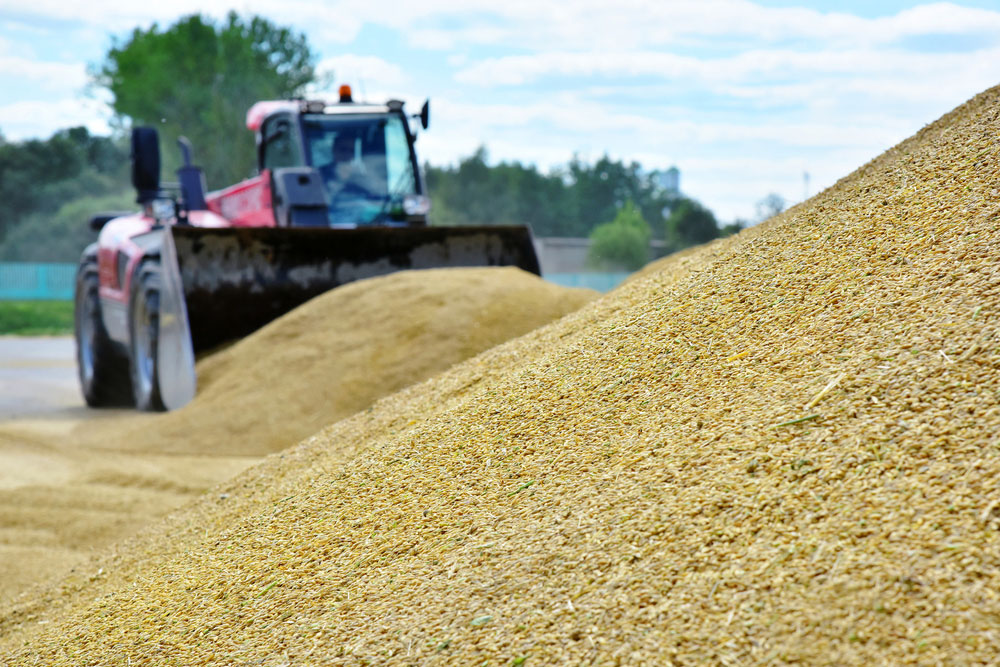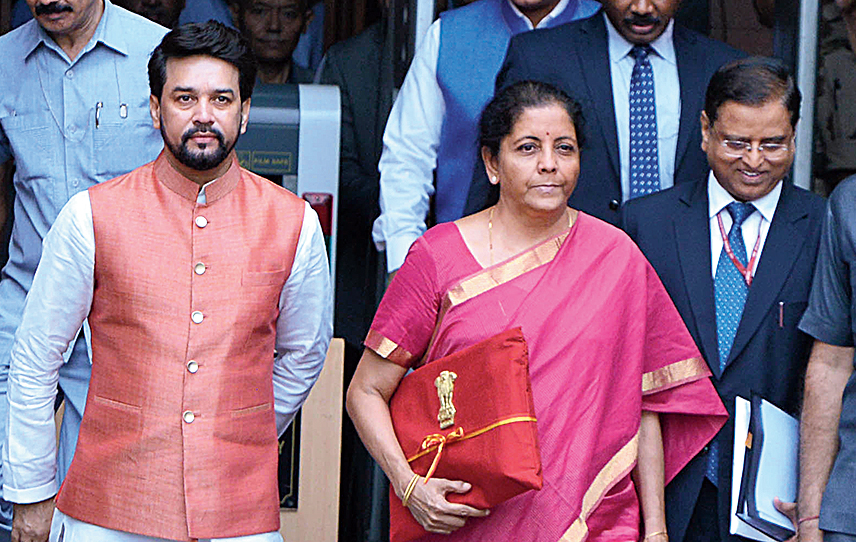The Narendra Modi government has been accused of adroit creative accounting — ‘window dressing’, in other words — in this year’s budget in order to show its determination to maintain fiscal prudence while shoving large-scale spending under the carpet by opting for off-budget spending mechanisms. The troubling aspects about budget formulation have been unearthed by a few economists who have delved into the numbers a little closely and discovered to their horror that the Centre has overstated its revenue receipts in the year 2018-19 by over 10 per cent. The budget shows revenue receipts at Rs 17.3 trillion but the controller general of accounts, which is the principal advisor to the Centre on the presentation of its accounts, puts provisional estimates of revenue receipts in the year gone by at only Rs 15.6 trillion. The government has chosen not to provide any credible explanation for the discrepancy, which amounts to 0.9 per cent of the gross domestic product. The numbers put out by the CGA undermine faith in the government’s claim that it was able to put a lid on its fiscal deficit, which has been capped at 3.4 per cent in 2018-19. If one goes by the government’s accountant’s numbers, then it would be closer to 4.3 per cent, sparking concerns that it is actually hurtling towards a fiscal crisis.
There are deeper worries that the government is using off-budgetary resources to hide its ballooning expenditure. It has used a dubious trick to conceal the real food subsidy, which has been estimated at Rs 1.7 trillion in 2018-19 and is projected to rise to Rs 1.84 trillion this year. Various administrations have tended to use a handy device called internal and extra budgetary resources, which basically refers to the funds that public sector units obtain in the form of profits, loans and equity. Most of the food subsidy is turned over to the Food Corporation of India to carry out its grain procurement programme that feeds millions in the country. The IEBR in 2018-19 rose to Rs 5.26 trillion in the revised estimates for 2018-19 from a budget estimate of Rs 3.8 trillion, an increase of over 38 per cent.
But that is not the end of the story. Last year, the government forced the FCI to borrow as much as Rs 97,000 crore from the National Small Savings Fund. This meant the sum would not show up in the government’s accounts. In its medium-term fiscal policy statement, the Centre claims that the outgo on food, fertilizer and petroleum subsidies will rise this year by 13.3 per cent over the revised estimates of 2018-19 to Rs 3 trillion, roughly 1.4 per cent of GDP. In the next two years, it hopes to bring it down to 1.3 per cent of GDP. The budgetary bailout will almost certainly come from the small savings fund.













